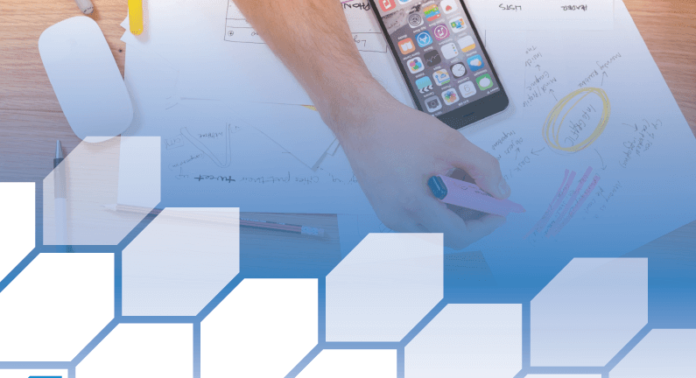Prototypes are basically the replica of how the final product will look like. It functions as the unfinished version of the product’s end result. A prototype consists of the finished product’s interaction and UI Designs, which serves as the most robust tools for modifications following consumer scrutiny. Prototypes are a sure way of understanding the shortcomings of the final product so that they can rectify and alter the necessary imperfections that the final product may have. It leads to further experimentation and testing that will determine whether the final product is ready to be launched to a massive audience. The initial customer experience will also shed light on where the product can improve for future usage before it can be finalized.
This process helps save costs and resources that could be lost should no early trialing take place. The removal of early mistakes is a sure way to guarantee the effectiveness of the product in its final phase. Prototypes confirm the strength it has in its interaction, communication and functionality. Designers who tend to overlook or neglect this imperative process end up experiencing disturbances and disruptions that could have been prevented had they experimented with it first. Some designers and non-designers are not knowledgeable about prototyping, which is why we will share with you some guidelines you can adhere to in your prototyping endeavors.
Step 1: Begin with Low-Fidelity Prototype
You can create a lo-fi prototype after you have interacted with the client, invested your time in user research, and met your product’s requirements. A lo-fi prototype typically revolves around screen layouts, simple elements outlines, positioning, and sizing of elements along with basic clickability.
You can create the screen layouts you want and strengthen your UI Design. It is not necessary to exacerbate the details in this step. This stage will mainly focus on your product’s screen outline that enables your clients to test out the screen and see if it is clickable or not. This is the first step to ensuring that your product is efficient in its initial phase.
Step 2: Focus on Interaction Design
This step will usher you to tackle the high-fidelity prototype design. This is the aspect where you will investigate the functionality of your design. A prominent example can be creating a search bar that amasses data stored in the prototype. Other similar elements include menus and dropdown lists.
The interaction design will also include the micro-interactions, which comprises of the triggers caused by the system’s user and garners significant feedback. A better example of this is the customer changing clickable elements such as buttons and other links.
Step 3: Advancement in UI Design
The first aspect of the advanced UI Level will focus on the color palette you select for your design. The colors you choose needs to reflect your brand guidelines and set the tone for your prototype. The colors you choose must provide easy usability and accessibility. The colors you pick need to be limited. Pick at least two or three at best. Any more than that will only cause confusion, which you do not want emanating from your prototype design. Reserve specific colors for the visually impaired users as well.
Once you have chosen your color palette, you can proceed to lock the best font to represent your prototype. The right typeface you choose will mirror the true nature of your product result. This is because it is what will strengthen your UX design and make the user experience even more convenient. If your users cannot read your font, you will receive less engagement from users with your product.
Finally, you can incorporate the imagery and illustrations relevant to your product in your prototype design. The images need to reflect the content associated with your design.
It is not necessary to add placeholders like Lorem Ipsum in your prototypes, but that is not a mandatory requirement. However, it is much more preferable to add simple text and information content that will keep your users up to speed about your design.
Step 4: Prototyping Forms
Designing the prototype form is a vital part of the User experience. Forms need to be limited in length for the user. Forms that are extensively long and complexed are hard for users to comprehend, who will only get frustrated and abandon the product altogether. Their chances of returning are relatively slim; hence the damage will be irreversible.
Prototypes are a sure way to test out your forms and validate them at the same time. This way, you can identify any errors or hindrances in customer interaction before you can finalize its materialization.
Step 5: Data Visualization
In order to stimulate the operational abilities of the final product, the prototype will contain an actual data visualization to make it possible. Take the example of a mobile app prototype that handles employee details. That makes it necessary to establish a list of employee content ranging from employee names to contact details. You can view this data visualization in the form of lists, cards, or grids.
The user should be the one in charge; ideally, he should be the one to make modifications if he pleases. He can add or delete employees, and the prototype should give him that opportunity. This is why visualizing and interacting with the stored data cement your product’s functionality and offers incentives for stakeholders to enhance customer interaction. These interactions will become relatable for users as it will make sense to them.
The prospects of creating a prototype are challenging for non-designers and designers alike. Usually, it is the professional designers from unlimited graphic design services who are capable of constructing concrete prototypes that adhere to the mentioned steps.








